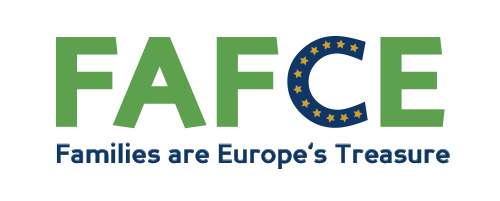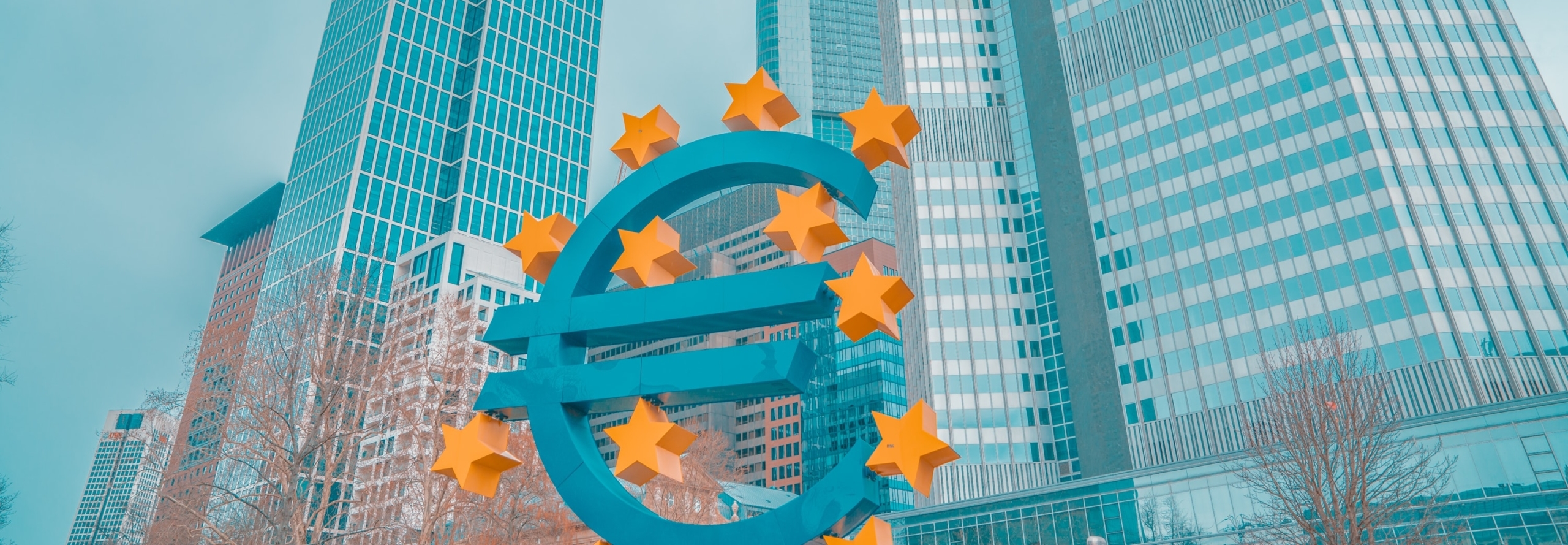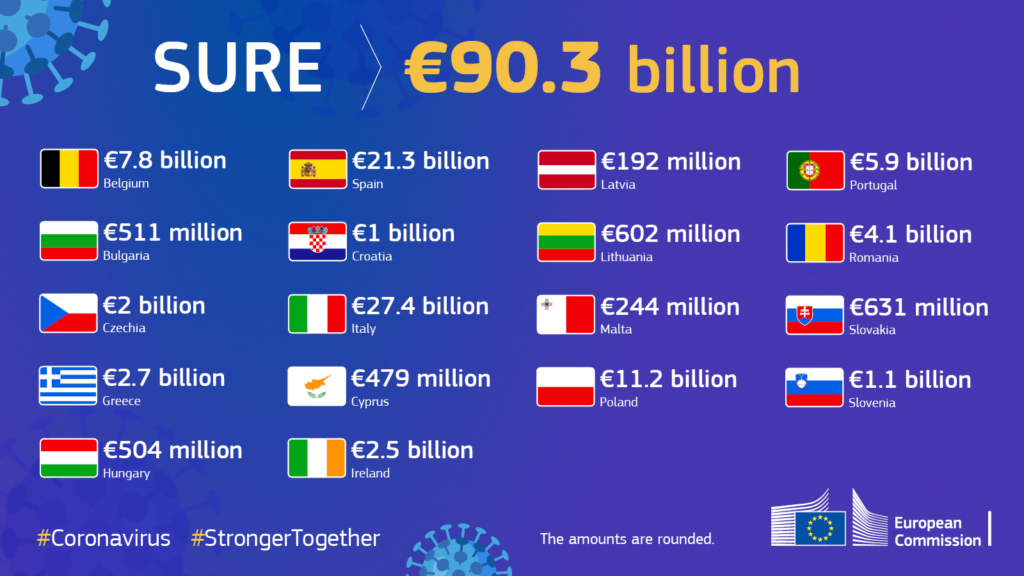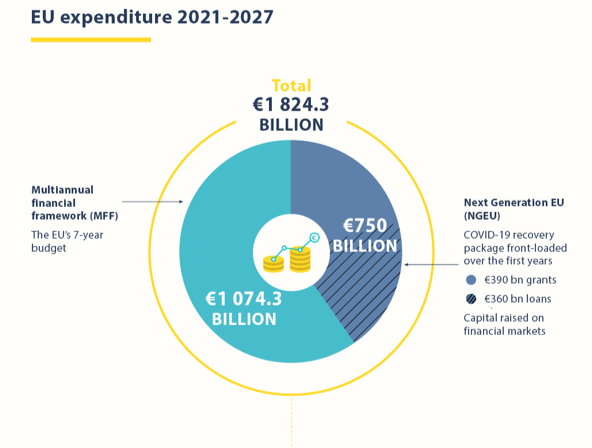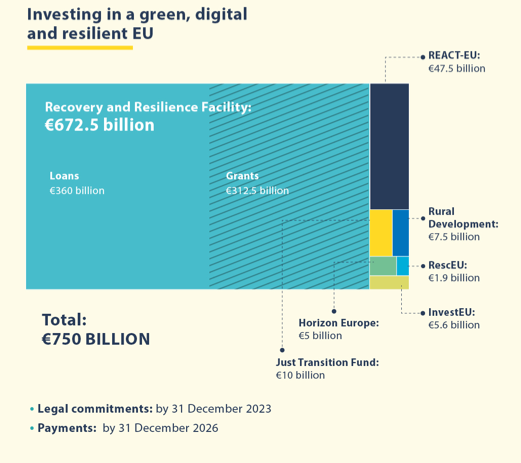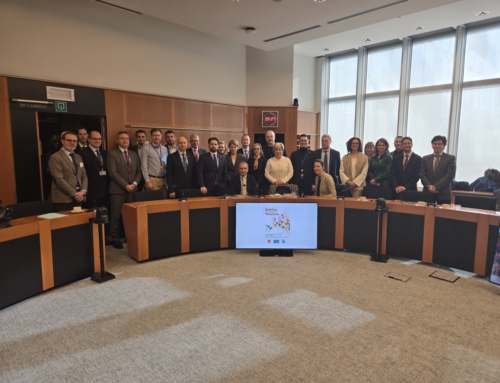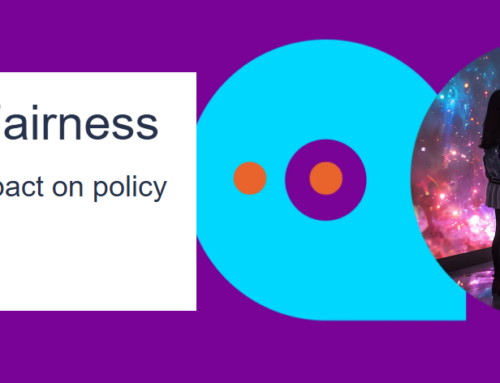In the past 6 months, the European Commission, the European Parliament and EU Member-States discussed and adopted several instruments to overcome the pandemic and its economic consequences.
Key elements to understand the EU Recovery Plan
To address the pandemic and the economic slowdown it created, the European Union adopted several short-term and long-term financial instruments.
In the middle of the pandemic, the European Union issued emergency funds to support employment under the SURE instrument (90,3 billion €). This financial support is provided in the form of favourable loans granted to Member States to finance national short-time work schemes.
Crucial to finance the EU long-term action, The EU budget for 2021-2027 (Multiannual Financial Framework: 1074,3 billion €) was adopted on the 17th of December 2020, with a clear focus on the EU recovery.
The EU budget is backed up by the NextGenerationEU, an temporary instrument of 750 billions € in the form of grants and loans for EU Member-States to boost their recovery. Adopted on the 11th of December 2020, It will be “the largest stimulus package ever financed through the EU budget”[1].
The EU Recovery Plan not only aim to support the EU recovery from the Covid-19, but also to invest in the green and digital transitions.
Source: https://www.consilium.europa.eu/en/infographics/ngeu-covid-19-recovery-package/
The heart of the NextGenerationEU package is the Recovery and Resilience Facility, adopted on 18 December 2020, which provides 672.5 billion € of loans and grants to Member-States to design national recovery plans. Other funds were specifically created to support the regions mostly hit by the crisis (ReactEU: 47.5 billion €), the economic diversification and reconversion of territories (Just Transition Fund: 10 billion €), the common agricultural policy (Rural Development: 7.5 billion €), the private investments (InvestEU: 5.6 billion €), the research and the innovation (Horizon Europe: 5 billion €) and the European civil protection and humanitarian aid (RescEU: 1.9 billion €).
Source: https://www.consilium.europa.eu/en/infographics/ngeu-covid-19-recovery-package/
Where is the place of the family in these EU funds?
The EU Recovery Plan includes a specific category of investments in education, skills and job that will benefit families (education, training, social housing, schools, universities, hospitals, social innovation, healthcare, long-term care and accessibility, etc.). As an example, InvestEU has 4 windows, one being “social investments and skills”, which include “Financing projects in skills, education, training I social housing, schools, universities, hospitals I social innovation I healthcare, long-term care and accessibility I microfinance I social enterprise I integration of migrants, refugees and vulnerable people and more.”
Families will indirectly receive support from the NextGenerationEU. Yet it is to be regretted that families were not directly mentioned in these EU instruments, although they play a crucial role for their communities with the solidarity they create among generations.
It is crucial to invest in the family, essential for the promotion and the development of ambitious demographic policies in the implementation of the NextGenerationEU.
[1] European Commission Website, Recovery Plan for Europe. Available at https://ec.europa.eu/info/strategy/recovery-plan-europe_en.
